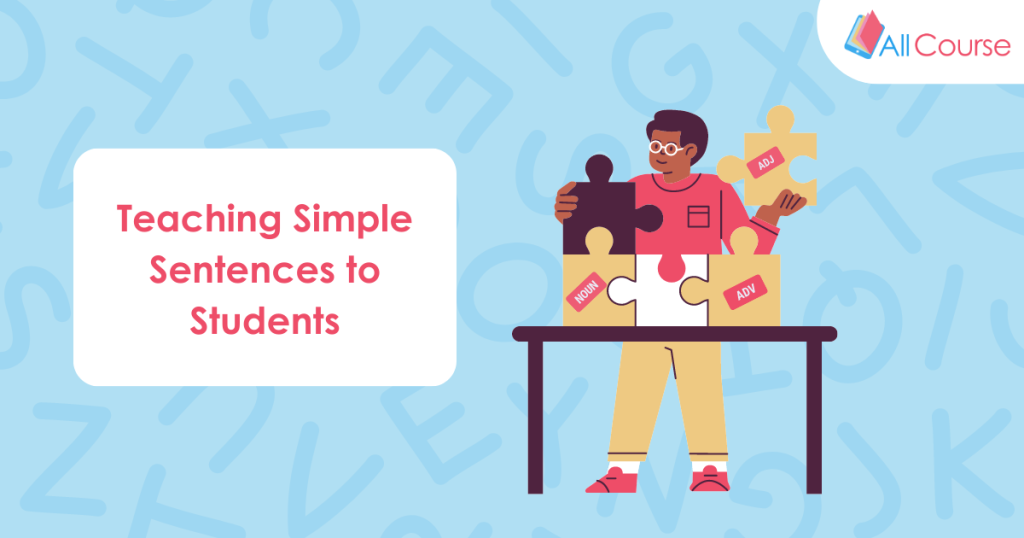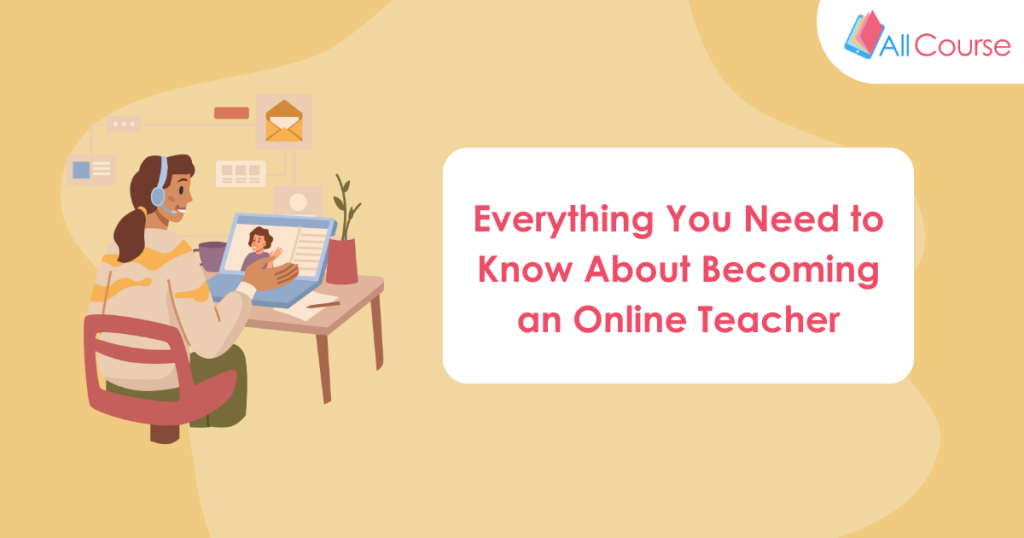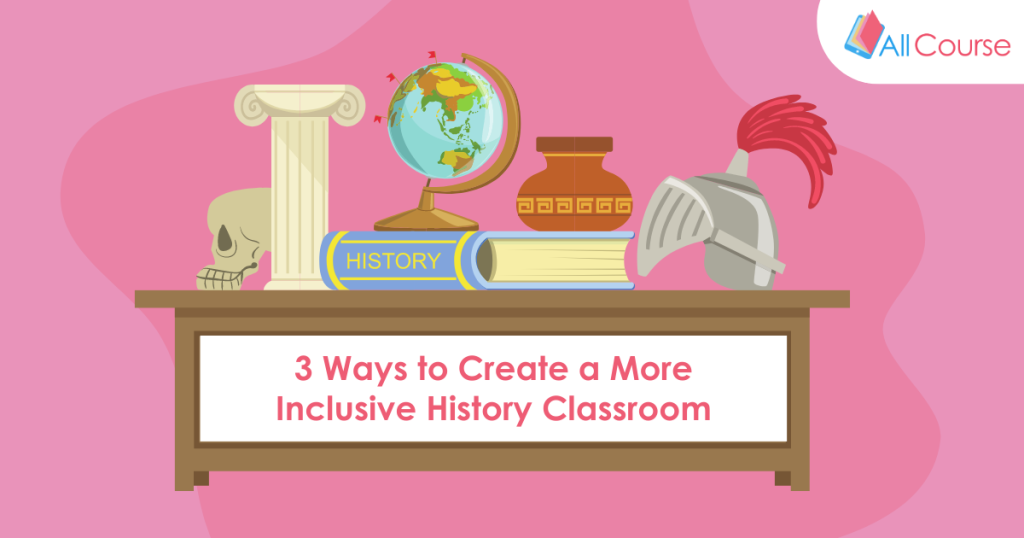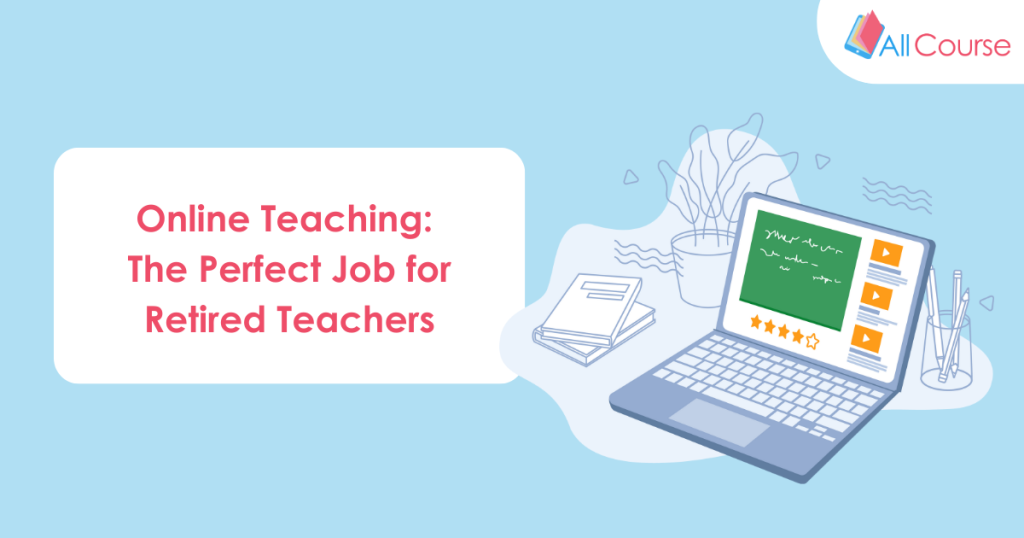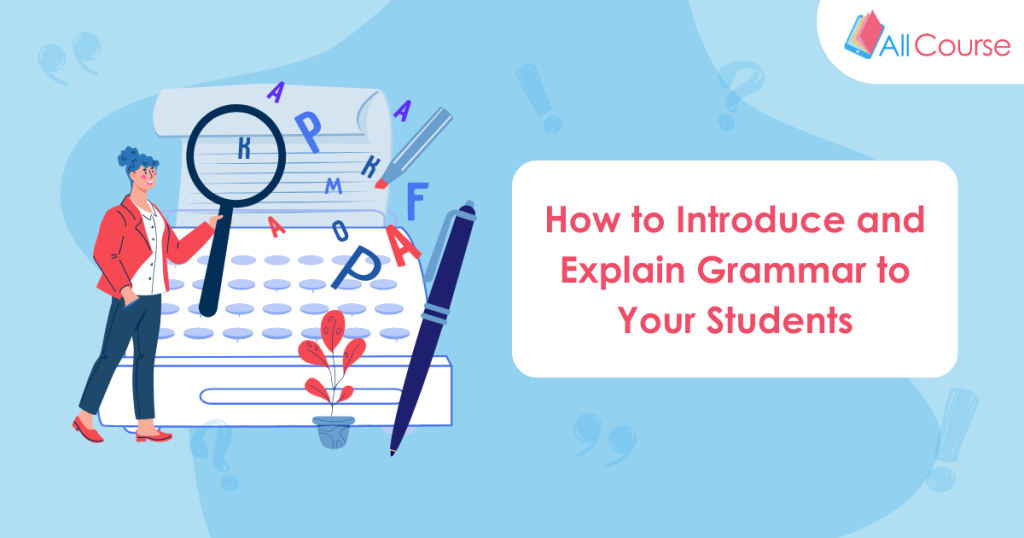Let’s be honest: teaching in today’s world includes more challenges than educators could have ever predicted.
The thought of all the expectations teachers have can be stressful and overwhelming. Since COVID-19, one way I have been able to decrease stress and anxiety about the expectations in today’s world has been to stop focusing on the long-term and instead focus on the day-to-day with my students.
I want to help educators focus back on the reason that keeps me and others grounded in a career that expects so much out of teachers: our students. Since COVID-19, I have noticed that students have had, and are still having, a difficult time readjusting back into a “normal” school setting.
What’s different post-COVID?
One of the biggest challenges teachers can face in the classroom is student engagement and buy-in. How can teachers gain student engagement and buy-in in today’s world?
After coming back into a school year of in-person learning after teaching virtually and hybrid (that was an experience), I was surprised to see a shift in student participation and effort.
After brainstorming ideas on how to boost participation and effort among students, I began to think back to my main goal as an educator: care for your students.
Caring for students
When I say “caring for students,” I’m looking out for and tending to students’ safety, emotional well-being, and mental well-being. Adolescents can tell when someone cares about them. My first strategy to make sure students know my intention as their teacher is to put in the effort and get to know my students. You cannot truly care for your students until you know them.
4 strategies for getting to know students
Ice breakers
During the first few weeks of school, I do different icebreakers to get to know my students. Most of these icebreakers are writing assignments. One ice-breaker I do at the beginning of the school year is to have students write, on a provided index card, two truths, and one lie. Then, as a do-now assignment, throughout the first few weeks of school, one student a day in each of my classes would read their card to the class. Then students took turns guessing which statements were true and which was the lie. This strategy not only allows for the teacher to get to know their students, but it allows students to get to know each other as well and build a classroom rapport.
Student interest notebook
I keep a notebook each year of notes on my students’ interests, hobbies, and personalities. This can be helpful during the first few weeks of school- as you get to know each student. Throughout the school year, as I learn new information about my students, I add it to my notebook.
Interest-based lessons
As I get to know my students throughout the school year, I actively try to incorporate their passions into my lessons. This shows my students that I listened and remembered their interests. For example, I taught how to determine the main idea of a text by finding an article about Fortnite, a video game my students loved. This makes lessons feel more personalized and engaging.
Make parent contact
At the beginning of the school year, I reach out to my students’ parents and discuss with my students that I am their biggest cheerleader. The job of a teacher is to support their students. I always tell students that I will support them both inside and outside the classroom. I communicate with parents and students that if there is a major event coming up in their lives, I would love to go and cheer them on. Parents are asked to reach out to me to confirm my attendance and the details of the event.
I have gone to baseball games, football games, soccer games, play performances, music concerts, geography bees, and spelling bees. I understand that this strategy is out of our responsibilities as educators, but students are people outside the classroom too. We expect them to show up every day in school, so I try to show up for them when they need me. This has strengthened parent and student relationships and effort in the classroom.
Better engagement leads to better relationships
These strategies have consistently helped me build strong relationships with students and parents, causing stronger student engagement in the classroom. These strategies work for me in the middle school setting.
Depending on the grade-level you teach, these strategies may or may not be successful. Each teacher is different! If you’re a teacher reading this, thank you for doing what you do. I value you and appreciate you.

